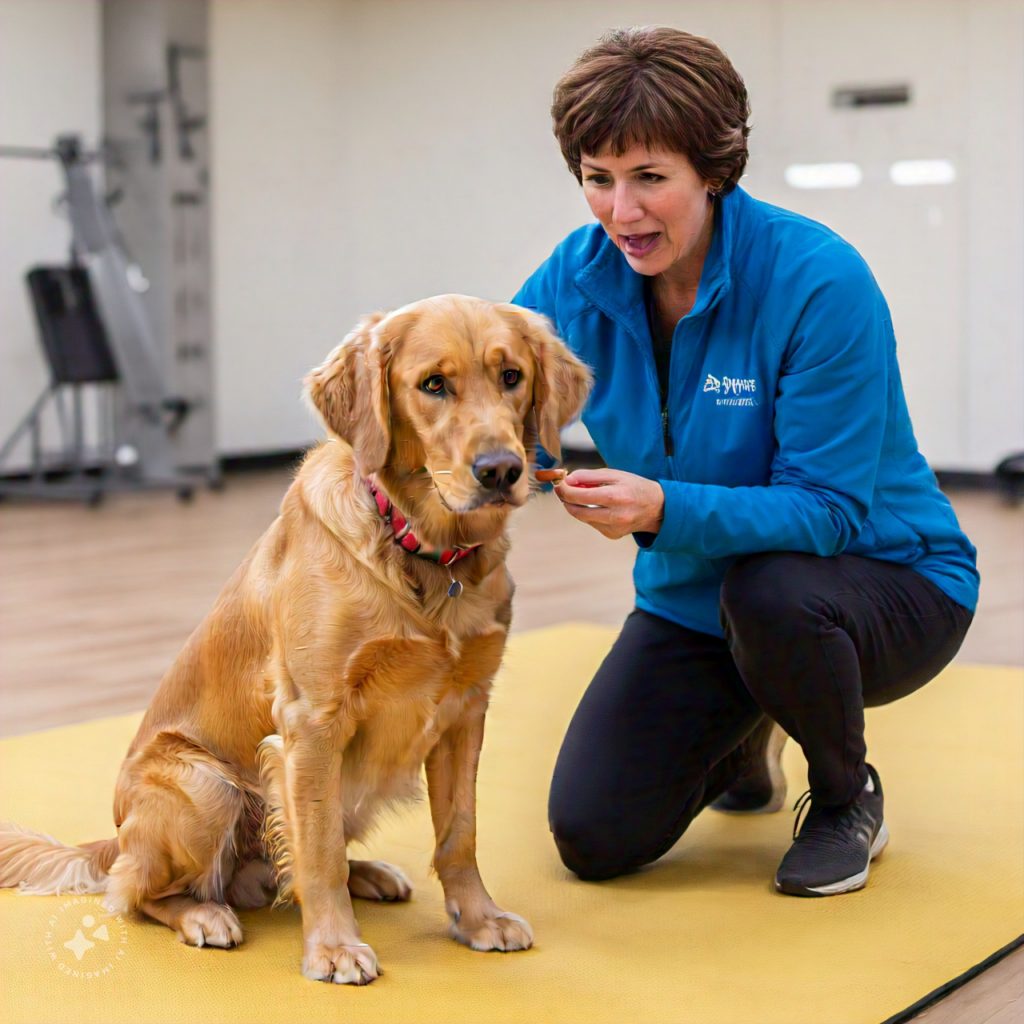Pet training is more than just teaching commands—it’s about nurturing a bond of trust, respect, and understanding with your furry companion. A well-mannered pet doesn’t just enrich your life but ensures their safety and happiness too. Whether you’re training a playful puppy, a curious kitten, or an older rescue pet, this guide will help you manifest the best behavior through practical, humane, and effective training strategies.
1. Why Train Your Pet? The Importance of Good Behavior
Training your pet is essential for several reasons:
- Safety: Well-trained pets are less likely to engage in dangerous behaviors such as running into traffic or chewing harmful objects.
- Socialization: A polite pet is more welcome in public spaces and around people.
- Bonding: Training sessions build trust and deepen your relationship.
- Mental Stimulation: Learning new commands keeps your pet mentally engaged and reduces boredom-related behaviors like chewing or digging.
2. Understanding Your Pet’s Personality
Every pet is unique, and understanding their temperament is the first step in effective training.
- Energetic Pets: Breeds like Border Collies or Jack Russells thrive on mental challenges and physical activities. Include games like fetch or agility training.
- Laid-back Pets: Breeds like Bulldogs or Persian cats may prefer shorter, more relaxed training sessions.
- Rescue Animals: Patience is crucial as these pets may have trauma or fear-related behaviors. Start slow and build trust over time.
3. The Foundations of Effective Training
a) Consistency is Key
- Use the same commands and cues for specific actions. For instance, always say “sit” rather than switching between “sit down” or “take a seat.”
- Reinforce rules consistently across all family members to avoid confusion.
b) Positive Reinforcement
Reward desired behaviors with treats, praise, or play. Avoid punishment as it can instill fear and damage trust.
c) Timing Matters
Reward or correct your pet within seconds of their action. This helps them associate the behavior with the consequence.
d) Short and Fun Sessions
Keep training sessions short (5-15 minutes) and end on a positive note. Pets have short attention spans, and prolonged sessions can lead to frustration.
4. Training Tips for Common Commands
a) Sit
- Hold a treat close to your pet’s nose.
- Move your hand up, causing their head to follow the treat and their bottom to lower.
- Once they’re in the sitting position, say “sit” and give the treat.
b) Stay
- Ask your pet to sit.
- Hold your palm out and say “stay.”
- Take a step back, then return and reward if they remain still.
- Gradually increase the distance and duration.
c) Come
- Use a leash in a safe, enclosed area.
- Say “come” in a cheerful tone while gently tugging on the leash.
- Reward with treats or praise when they reach you.
d) Leave It
- Place a treat in your hand and close your fist.
- Let your pet sniff but not access the treat, saying “leave it.”
- Once they stop, reward them with a different treat.
5. Addressing Behavioral Challenges
a) Barking or Meowing Excessively
- Identify the trigger (e.g., boredom, anxiety, or excitement).
- Redirect with commands like “quiet,” rewarding silence.
- Provide adequate mental and physical stimulation.
b) Jumping on People
- Turn away and avoid giving attention when your pet jumps.
- Only reward them when all four paws are on the ground.
c) Chewing and Scratching
- Provide appropriate chew toys or scratching posts.
- Redirect from furniture with deterrent sprays or protective covers.
6. Advanced Training Techniques
Once your pet masters basic commands, consider advanced training for added mental stimulation:
- Clicker Training: Use a clicker to mark desired behaviors, followed by a reward.
- Agility Training: Teach your pet to navigate obstacle courses.
- Scent Work: Engage their natural sniffing instincts to find hidden treats or objects.
7. Training Tools and Resources
- Leashes and Harnesses: For safe outdoor training.
- Treat Pouches: To keep rewards handy.
- Interactive Toys: Encourage problem-solving skills.
- Professional Trainers: Seek help for advanced or behavioral challenges.
8. Patience is the Ultimate Virtue
Training takes time, and progress may be slow. Celebrate small victories and stay patient. Every pet learns at their own pace, and setbacks are normal.
9. The Benefits of a Well-Mannered Pet
A well-trained pet isn’t just easier to manage—they become a more integrated part of your life. You can enjoy stress-free walks, fun social outings, and a harmonious home environment.
10. FAQs About Pet Training
Q: When should I start training my pet?
A: Start as early as possible! Puppies and kittens are like sponges, but even older pets can learn with patience and consistency.
Q: What if my pet doesn’t respond to commands?
A: Rule out health issues first. Then, try breaking the command into smaller steps and reward progress along the way.
Q: How often should I train my pet?
A: Daily sessions are ideal, even if they’re only a few minutes long.
Conclusion
Manifesting the best behavior in your pet is a journey of dedication and love. By understanding their unique needs, using positive reinforcement, and maintaining consistency, you’ll nurture a well-mannered companion who’s a joy to be around. Remember, training is a lifelong process that strengthens the bond between you and your pet.
Start today, and watch your pet transform into the well-mannered friend you’ve always dreamed of!

